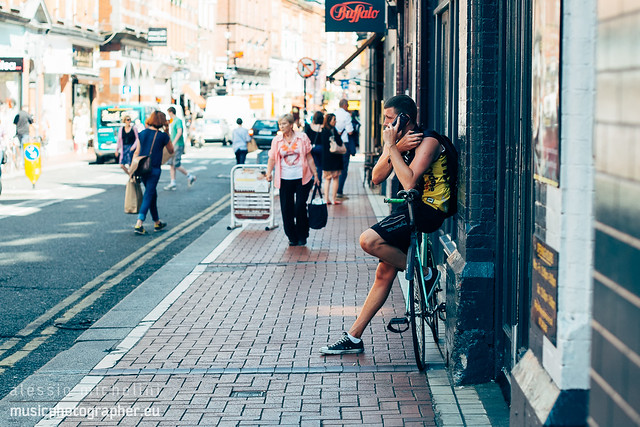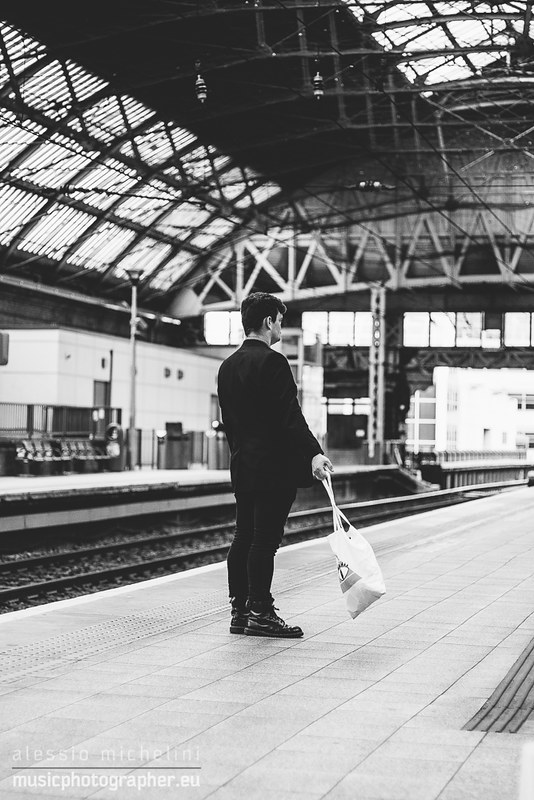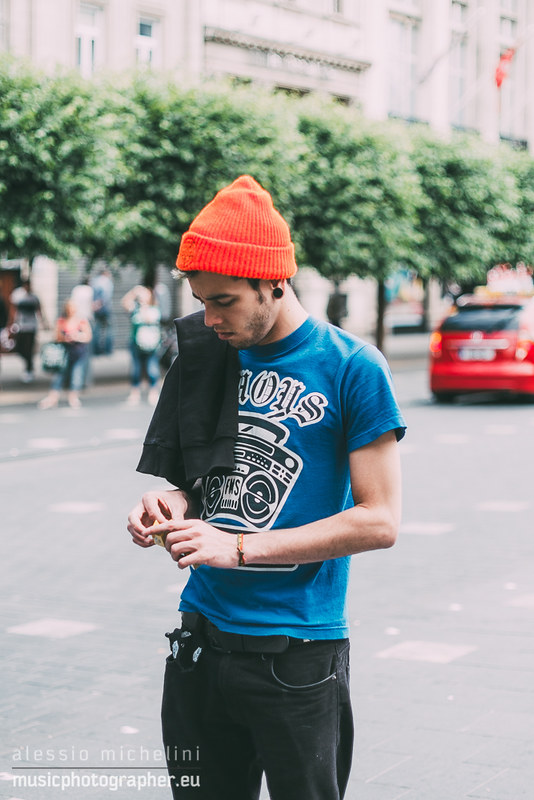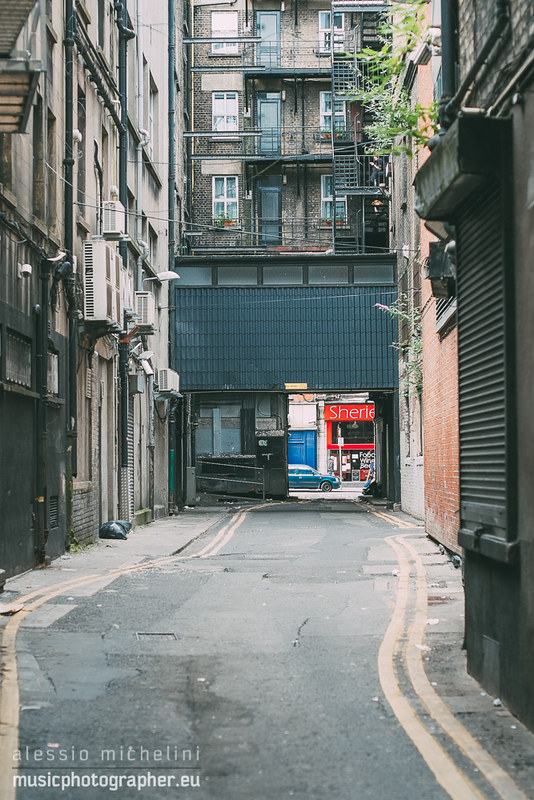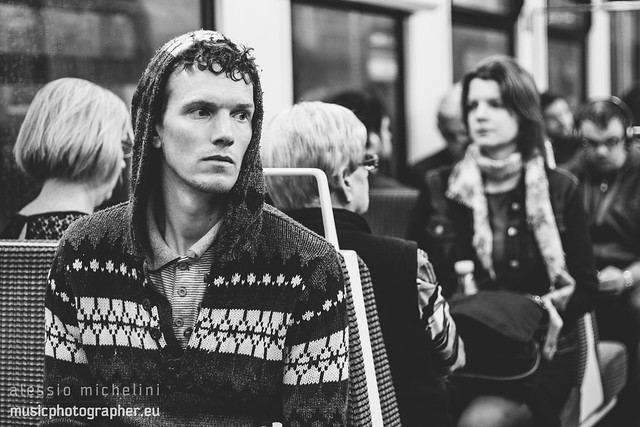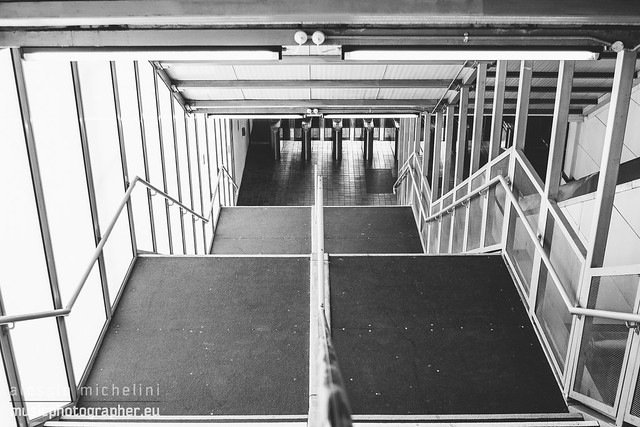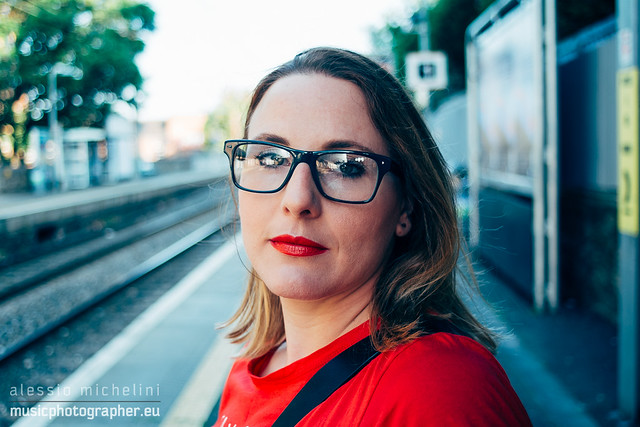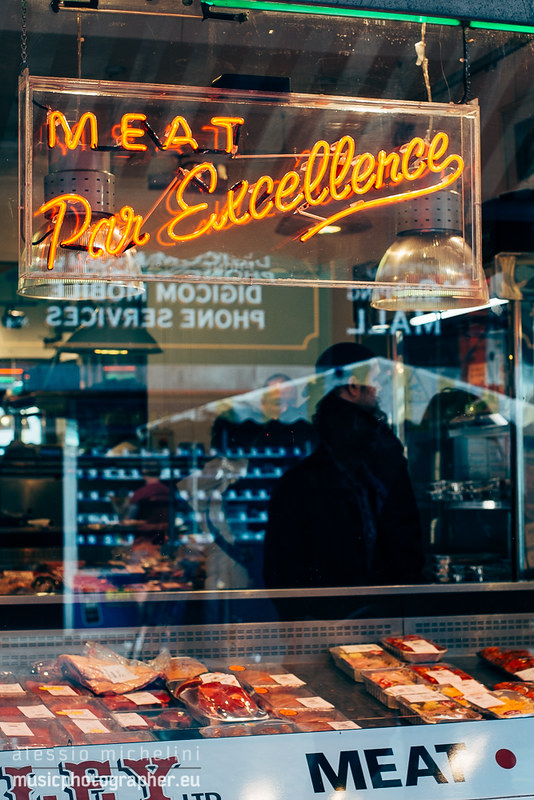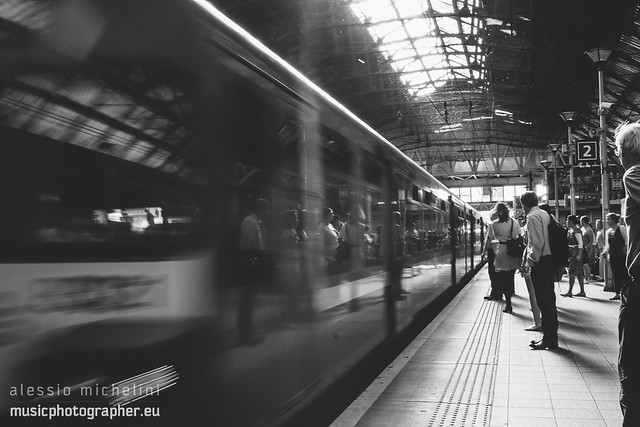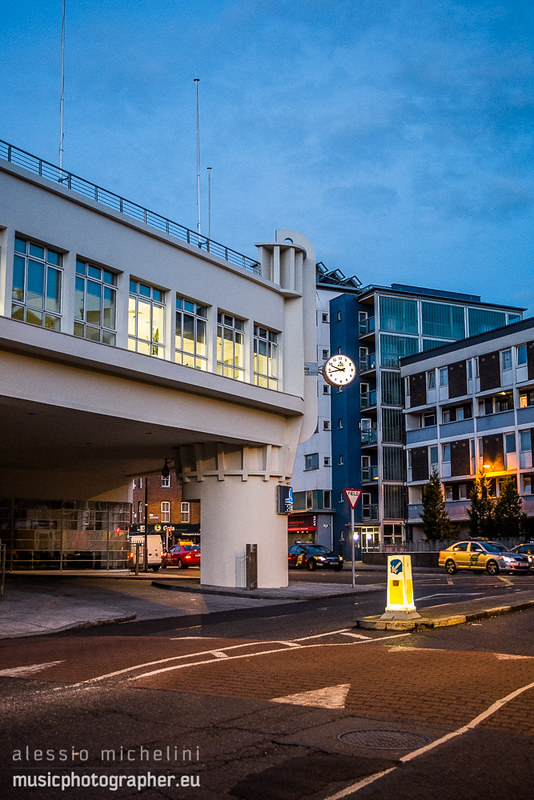Vintage lenses on mirrorless cameras
02 July 2014
One of the main advantage of a mirrorless system is to being mirrorless (sorry for the pun). Of course in an ideal world where we all rich, the best solution is to buy the top of the gamma lenses of the brand we have and then we are pretty much sorted, but for who just started into photography, or like me, where the mirrorless camera is more a lightweight alternative to the heavy duty DSLR we already own, and maybe we don't want to invest billions on a second system knowing that we already have spend plenty of money for the lenses for the big boy. But there is any cheap alternative? Of course there is, and you can find it in vintage lenses.
On ebay and similar sites, or even in most of the camera shops in your city, it's pretty easy to find old used lenses, sometimes even older than us, and most of the times, unless you are looking for rarities, they are extremely affordable.
Vintage lenses can be mounted pretty much on every interchangeable lens camera with the right adapter, but in the case of a modern digital SLR the adapter needs a lens to correct the increased distance between the sensor and the camera, adding a crop factor in some cases that reduce the real angle of view of the camera, and in some cases you lose the ability to focus to infinity, and adding another piece of glass in front of the lens it effects the general image quality and these adapters are generally not super cheap, or at least you want something that doesn’t make you lens as useful as a bottom of a bottle.
But in the case of a mirrorless system it’s a totally different story, as the fact that the camera is smaller, they only need to cover the distance from the mount of the camera to where the lens supposed to be to work correctly, so no glasses on the way, which means that there are no such things as additional crop factor or decrease of image quality, and it’s way cheaper as it’s just a pipe of metal or plastic.
Why so cheap?
Well, it’s easy, these lenses are in the best case at least 20 years old, for example Canon, in the pre-autofocus era, used to have a mount called FD, which was replaced by the current EF mount in 1987. So as you can pretty much image, everybody rushed to move to the new system and leaving the lenses with the old system on the shelves, and the production of those lenses has stopped since then, so the only way to find them is on the used market. If you want some specific and rare lenses, they still cost good money, but for those lenses who were pretty common back then, the value of these lenses dropped dramatically.
But are they good?
If you compare to their modern counterpart, obviously the newer ones will beat them in any test, they are not as sharp as the new ones, they are not as contrasty and bokehy as the new ones, they don’t have autofocus, they are not weather sealed, and so on… But this doesn’t mean that they are bad lenses, it only means that the new ones are better, but these grandparents of photography can still make great shots. And especially if consider that their price, the quality/price ratio is pretty impressive.
Let me do you an example: a few months ago I bought two vintage lenses, and one of these is this beauty shown down here.

It’s a Canon FDn 28mm f/2.8. At full aperture is decent, if you close down by a stop it’s very pretty sharp and it reaches the peak of image quality between f/5.6 and f/8. It’s a tiny and extremely lightweight lens, and to be honest is as sharp as the Canon EF 24mm f/2.8 I owned a while ago. Of course it doesn’t have autofocus nor even a focus confirmation, and things like image stabilisation were sci-fi for that era, the contrast is not as good as the EF counterpart, and you can’t even compare it with the newer Canon EF 28mm f/2.8 IS, but the newer EF version costs around €/$500, while I paid the vintage one for only €75 with 6 months of warranty and a leather case, but you can probably find it for even less, as I’ve seen it on ebay for around $50, a tenth of the price of the EF lens.

Another great lens I bought is the Canon FD 50mm f/1.4, paid €150 on Adverts.ie, and it’s the lens that stays the most on my Fuji X-E1. It’s not perfect as at full aperture is pretty much unusable, unless you love the argentinian soap opera effect, but from f/2 is already pretty sharp, and from f/2.8 onward is very sharp. The build quality of this lens is simply superb, despite it’s age is still in perfect conditions and the focus is extremely smooth. On my Fuji with a crop factor of x1.5 it becomes a 75mm, and it takes a few seconds to focus properly, but it’s a pure pleasure to use this lens.
But aside these two lenses, in internet you can find billions of different lenses, from brands like Olympus, Pentax, Nikon and so on.
Which adaptor I should buy?
On ebay you can find several brands that produces adaptors, some of them have contacts to allow some autofocus lenses to work with your camera, but they come with an higher price tag.
For my Fuji X-E1 I bought two Fotasy FD-FX adaptors sold by rainbowimaging, they cost about $10 each, and for that price they are really well build and they work perfectly on my camera. Obviously they sell several different adaptors, and I think they cover every possible mount combination, otherwise you just need to search on ebay for the one you need.

Conclusions
Vintage lenses are a great deal for photographers on a budget. Yes, they don’t have autofocus, and you need to set the aperture on the lens itself, but to be honest the lack of these modern comforts can only be a great school for who really wants to learn how to manually expose and focus a photo, and it slows you down, making you think a bit more before pressing the shutter button. You might spend a bit of time before you get the grip with it, but once you get it, it becomes as natural as breathing.
Images shot with the Canon FDn 28mm f/2.8 and Canon FD 50mm f/1.4.
